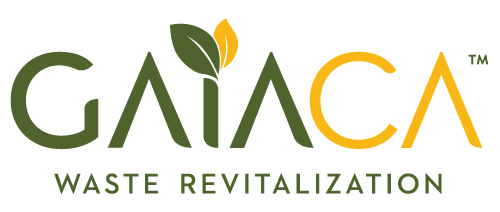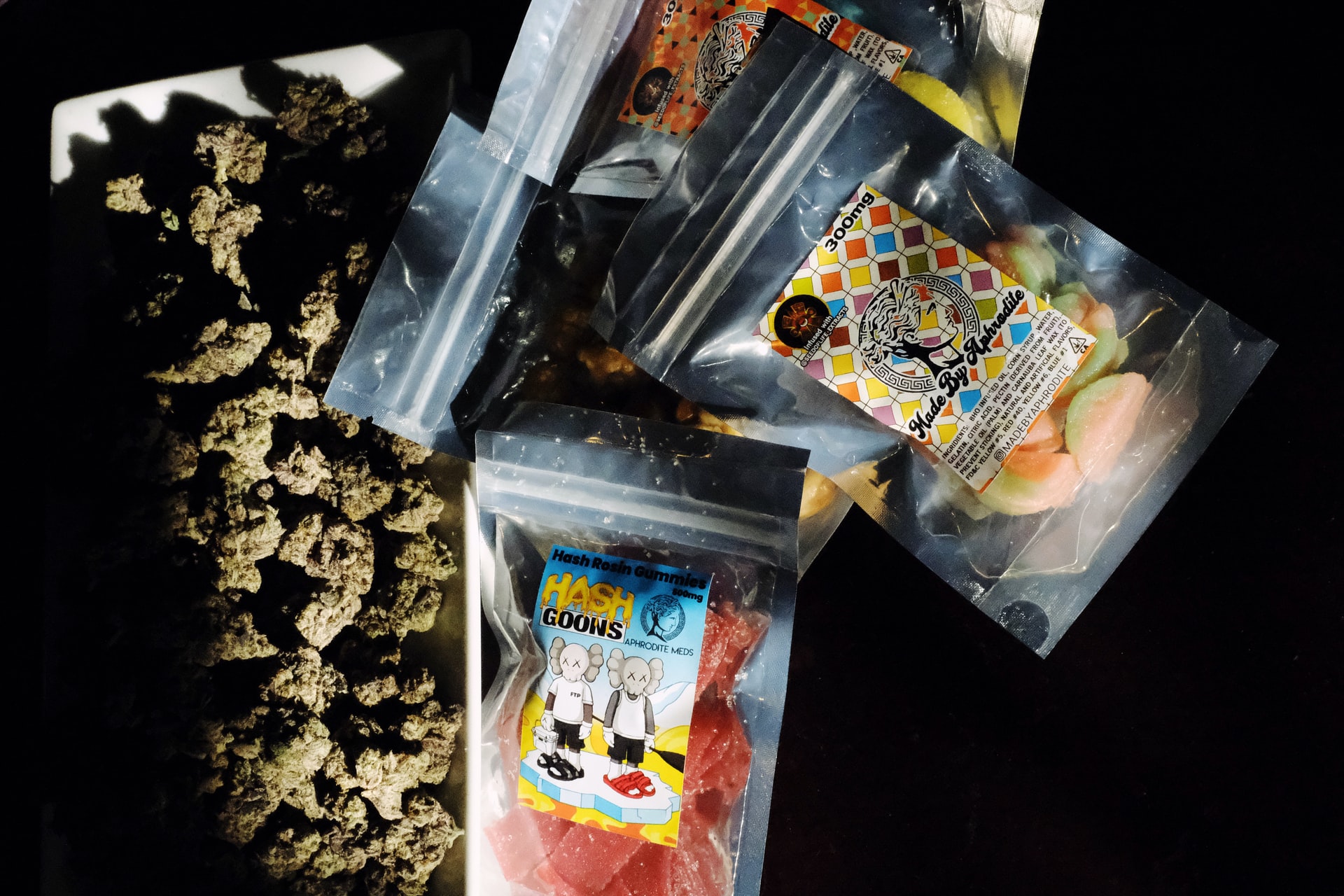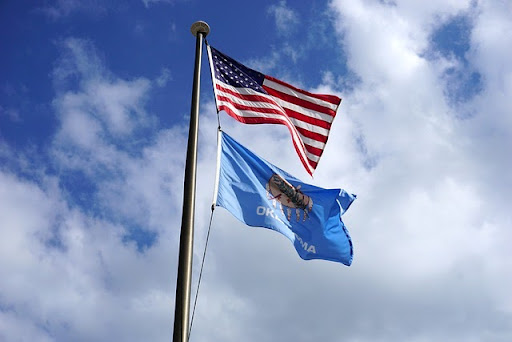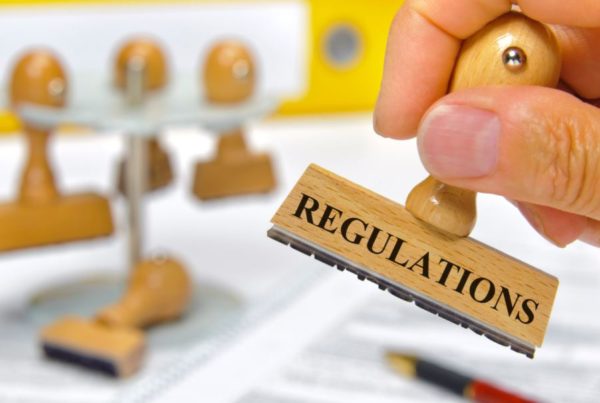All cannabis products sold in California dispensaries are subject to strict labeling requirements. Cannabis was made legal in the state via the Adult Use of Marijuana Act (Proposition 64), but labeling guidelines are set by the California Department of Public Health (CDPH). Failure to abide by these guidelines can expose you to fines or even the loss of your license.
We’ve created this guide to simplify the often-confusing labeling requirements, though you should always have your labels reviewed by an attorney before you distribute them to dispensaries.
General Cannabis Labeling Requirements in California
California cannabis labels are separated into two sections: the primary panel and the information panel.
The primary panel is typically located on the front or top of the package and contains the most important information.
The information panel may be located on the back of the packaging, beneath the primary panel, or anywhere else that’s visible on the packaging. This panel contains required information that doesn’t have to be located front and center.
Requirements for Cannabis Flower Labels in California
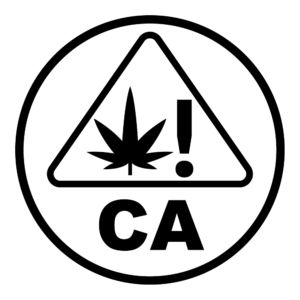
The following prop 64 packaging requirements apply to dry cannabis flower as well as pre-rolls (pre-rolled joints).
The primary panel must include:
- A product identifier. This is a general name or description that identifies the item, such as “Cannabis Flower” or “Cannabis Pre-roll” (or something similar).
- Net weight. The weight of the product is provided in both metric and U.S. customary units—e.g. “Net. Wt. 2.5 oz. (70.9 g).”
- California’s universal symbol. The following symbol is prominently featured on every label. It must be at least 0.5” x 0.5” and printed in black.
The information panel must include:
- UID number. This is the tracking number issued through California’s Track-and-Trace system. Refer to your Track-and-Trace login.
- Licensee information. The licensee may be the cultivator or the business in charge of packaging the product. Every package must include:
- The licensee’s name as listed on the license certificate (either a legal business name or registered DBA)
- The licensee’s phone number or website
- Date of packaging. This is not the harvest date but rather the date in which the product was packaged for retail sale. You must provide the month, day, and year.
- Government warning statement. All cannabis labels must include the following government warning in bold, capital letters:
-
- GOVERNMENT WARNING: THIS PACKAGE CONTAINS CANNABIS, A SCHEDULE I CONTROLLED SUBSTANCE. KEEP OUT OF REACH OF CHILDREN AND ANIMALS. CANNABIS MAY ONLY BE POSSESSED OR CONSUMED BY PERSONS 21 YEARS OF AGE OR OLDER UNLESS THE PERSON IS A QUALIFIED PATIENT. CANNABIS USE WHILE PREGNANT OR BREASTFEEDING MAY BE HARMFUL. CONSUMPTION OF CANNABIS IMPAIRS YOUR ABILITY TO DRIVE AND OPERATE MACHINERY. PLEASE USE EXTREME CAUTION.
In addition, your label must list the cannabinoid content in percentages (e.g. THC: 18%; CBD: 1.5%). Include information for THC, CBD, and any other cannabinoids present in concentrations above 5%. This information may appear on either the primary panel or the information panel.
Requirements for Manufactured Cannabis Products
Manufactured cannabis products include edibles (cookies, gummies, beverages, etc…), concentrates (hash, wax, etc…), vape oils, tinctures, capsules, and other cannabis-derived preparations.
The primary panel must include:
- A product identifier. This is a general name or description that identifies the item, such as “Cannabis Brownie” or “1:1 THC/CBD Tincture.”
- California’s universal symbol. The universal symbol is clearly visible on the label, printed in black and measuring at least 0.5” x 0.5” (see example in previous section).
- Net weight or volume. The net weight or volume is listed in both metric and U.S. customary units. For example, a cookie’s label might read “Net. Wt. 1.5 oz. (42.5 g)” while the label for a cannabis-infused beverage might read “8 fl. oz. (237 ml).”
- The words “Cannabis-infused.” This requirement only applies to food and drink products like candies, cookies, brownies, gummies, and beverages.
The information panel must include:
- Manufacturer information. The legal name or registered DBA of the product manufacturer is provided alongside valid contact information (phone number or website).
- UID number. This is the tracking number issued through California’s Track-and-Trace system. Refer to your Track-and-Trace login.
- Batch or lot number. Sometimes called a code number or lot code, this is the unique ID number assigned to a batch of products for the purposes of inventory tracking and traceability. This number is assigned by the product manufacturer.
- Date of manufacture/packaging. Only one date is required. Make sure to include the month, day, and year—e.g. MFG/PKG 11/16/2020.
- Expiration or use-by date. If applicable.
- List of ingredients. Ingredients are listed in descending order by weight or volume. Include any plant ingredients, edible ingredients, flavor enhancers, artificial colorings, carrier liquids, base liquids, and any other consumables included in the product.
- Allergens. If your item contains any of the major food allergens (soy, milk, eggs, wheat, tree nuts, peanuts, fish, or shellfish), this information must be disclosed on the label separately from the ingredients list, beginning with the words “Contains”—e.g. “Contains peanuts.”
- Nutrition information. This requirement only applies to edibles. All cookies, gummies, drinks, and other edible preparations must list the total fat, carbohydrates, sodium, and sugar per serving in grams or milligrams.
- CRV recycling information. Beverage manufacturers must follow all state-mandated labeling requirements for beverage containers. More information can be found at CalRecycle.
- Instructions for preparation and/or use. For example, a label for 1 gram of dab wax might read, “Add one serving to a dry herb/wax vaporizer or oil rig (low. temp 600 F).”
- The words “KEEP REFRIGERATED” or “REFRIGERATE AFTER OPENING.” This disclaimer is required for perishable products only.
- The words “FOR MEDICAL USE ONLY.” This disclaimer must be included if the THC content is too high to be legally sold in the adult-use (recreational) market and is intended only for cardholding medical marijuana patients.
- Government warning statement. All labels must include the following government warning in bold, capital letters:
-
- GOVERNMENT WARNING: THIS PRODUCT CONTAINS CANNABIS, A SCHEDULE I CONTROLLED SUBSTANCE. KEEP OUT OF REACH OF CHILDREN AND ANIMALS. CANNABIS PRODUCTS MAY ONLY BE POSSESSED OR CONSUMED BY PERSONS 21 YEARS OF AGE OR OLDER UNLESS THE PERSON IS A QUALIFIED PATIENT. THE INTOXICATING EFFECTS OF CANNABIS PRODUCTS MAY BE DELAYED UP TO TWO HOURS. CANNABIS USE WHILE PREGNANT OR BREASTFEEDING MAY BE HARMFUL. CONSUMPTION OF CANNABIS PRODUCTS IMPAIRS YOUR ABILITY TO DRIVE AND OPERATE MACHINERY. PLEASE USE EXTREME CAUTION.
In addition, your label must list the cannabinoid content in percentages (e.g. THC: 18%; CBD: 1.5%). All products must include the THC and CBD content per package. Edibles and concentrates with designated serving sizes must also list the THC and CBD content per serving.
If any other cannabinoids are present at volumes higher than 5%, that information must be included as well. This information may appear on either the primary panel or the information panel.
Additional product information may be included as long as it is accurate (no unsupported health claims).
Prop 65 Warning Label Requirement
On January 3, 2020, California’s Office of Environmental Health Hazard Assessment (OEHHA) added marijuana smoke and THC to the state’s Prop 65 list of chemicals known as reproductive toxins. In addition, cannabis has been recognized by the state as a carcinogen since 2009.
As a result, all cannabis products sold in California must contain a prop 65 warning label. An appropriate warning label may read as follows: “WARNING: This product can expose you to marijuana smoke, which is known to the state of California to cause cancer, birth defects, and other reproductive harm.”
This warning may appear on its own label or sticker separate from the primary panel and information panel. Just make sure it’s visible on the outside of the packaging.
Other California Cannabis Labeling Requirements
There are a few other important details to note when designing your cannabis labels:
- Product packaging cannot be designed in a way that’s appealing to children
- All print must be clear and legible
- Labels must be printed in at least 6 pt. font
- All labeling must be visible on the outer layering of the packaging
- Peel-back labels or inserts may be used on small packaging that can’t accommodate all of the information up front
- All required information must appear on the packaging; it’s not acceptable to direct buyers to a website
- County names may not be included on the packaging unless the product was 100% grown in that county
- Misleading information and unproven health claims are strictly prohibited
- Photos of the product may not be included
For more information about California cannabis labeling requirements, visit the California Department of Public Health website.
Cannabis Waste Labeling Requirements
It’s not just the product packaging that needs to be labeled. California has specific labeling requirements for certain types of cannabis waste, and these requirements are applicable to anyone who cultivates, processes, packages, distributes, or sells cannabis in a licensed commercial capacity.
There are no hard requirements for how organic cannabis waste (i.e. plant material) must be labeled, but it must be separated and distinguished from general refuse. Labeling your receptacles is an easy way to differentiate your cannabis waste and ensure accurate weighing and tracing.
A reputable cannabis waste management services provider will equip you with custom, labeled drums that you can use to store and secure your discarded cannabis on site prior to rendering and removal.
When it comes to hazardous and universal waste, the labeling requirements are a bit more complicated. Hazardous waste streams that a canna-business might accumulate include:
- Discarded vape pens and batteries
- Concentrates and extracts created using solvents like butane and ethanol
- Pesticides used in cultivation
- Chemical-based lab equipment
- Assorted trash like old fluorescent light bulbs, solvent wipes, and cleaning supplies
In many cases, hazardous streams must be sorted into separate drums. Different streams have different chemical properties and physical properties, and they’re not always compatible. Common solvents like ethanol and acetone can be combined into a single receptacle because they’re chemically and physically similar and considered to be in the same class. However, you should never mix a solvent like ethanol with an oxidizing agent like sodium peroxide, as this can result in fire or explosions.
This is where labeling becomes important. Because these waste streams don’t always get along, different classes of hazardous material must be separated into their own drums and labeled accordingly.
- Drums must be labeled “Hazardous Waste” and also contain the profile of the specific waste stream.
- The label must include the Accumulation Date, ensuring that you’re not storing hazardous waste on site longer than is permitted.
- In some cases, generators may be required to include their name and contact information on the label for regulatory purposes.
Hazardous waste violations in California can result in fines of $70,000 per violation per day, so it’s very important to follow the guidelines to the letter. This is yet another reason why it’s so crucial that you work with a reputable waste management provider.
How to Remain Compliant With California Cannabis Labeling Requirements
There are some simple ways to satisfy all Prop 64 packaging requirements:
- Work with a reputable cannabis packaging provider.
- Order rolls of state-compliant labels that you can fill out yourself (if you can’t afford the first option above)
- Order rolls of Prop 65 warning stickers to accompany your labels (if the labels don’t already contain the required warning)
- Have a knowledgeable legal representative review your packaging
And when it comes to cannabis waste labeling, the best thing you can do is work with an experienced waste management provider.
The labeling requirements are constantly evolving, so make sure to keep track of all new cannabis legislation and make changes as required. It’s a small inconvenience when compared to the consequences of upsetting the regulatory authorities.
